Shop
This model of leg armor is based on medieval plate legs typical for the late XIV and early XV centuries. As armor evolved, leg protection changed from its early forms to functional, articulated plate armor. The most essential part thereof is the hip plate. It’s made from one metal sheet and forged to conform to
Vertically quilted stockings in a beautiful gobelin style. The stockings are handmade and have 2 layers of natural sheet batting. These stockings are made from durable fabric with high quality stitching and beautiful gobelin style patterns. Our Gobelin Quilted Stockings are fastened with laces and are light and comfortable, making them perfect under-armor. You can
Our Splinted Arm Protection is based on armor from the XIV century. We craft it from 1.5mm cold rolled steel and durable 4mm brown leather. To increase the protective properties of the leather it is treated with a special wax solution and can withstand axe blows. The leather we use is naturally flexible and the reinforcing steel
A brigandine was typically made of small plates of steel. However, this proved to be a problem as small plates were less able to take a heavy impact than larger ones. Accordingly, the plates were enlarged over time and were made to be a better anatomical fit. A characteristic feature of big-plate brigandines was a
Segmented plate greaves were commonly used during the XIV century. In some old English manuscripts, they also called “schynbalds”. But the French word “greaves” or “demigreaves” eventually displaced it as the common name for this piece of equipment. Shin protection was affixed to quilted padded stockings. As mentioned before, this type of armor saw large
The Cuirass – a common name for armor consisting of one or more whole interconnected metal plates to protect the torso. This is our version of a typical cuirass from Western Europe in the XVI century. It’s forged from 1.5mm cold rolled steel. The base model includes: a matte polish, steel rivets, and steel factory-produced
Liners are an irreplaceable part of knights’ equipment. They were worn under helmets to reduce impacts to the head and protect from concussive forces. This handmade liner is crafted from several layers of 100% cotton, and as it covers the upper and lower parts of the head, it’s a great fit for Great Helms and
The armorers and blacksmiths of the XV century were constantly searching for a more natural way to lay steel plates of armor over one another. The question was how to combine high safety properties, articulation, and of course, a stylish look. The answer “came” from crustaceans. The steel plates of the cuirass overlap each other
Our Covered Gloves allows for the full range of motion for each finger which helps you to handle any weapon more easily, but without sacrificing protection. The inner layer of the gloves is covered with protective paint and is partly fastened with natural leather. The leather gloves in the interior provide excellent weapon-grip and the
The original artifact pauldrons which reside in the Churburg armor collection were made by the craftsman Biagio for Giovanni Spanzotti in Milan sometime between 1420 – 1460. They are decorated with engravings and the inscription “Urs”. On the rear side, the armor is punched with themarks of Italian masters. The pauldrons are made in the
The history of leg armor is the story of how mail stockings transformed in to a full plate leg harness. The first element appeared in the XII century. It was a simple knee protection: a round dish-shaped metal scale sewed upon leather. At the beginning of the XIV century the hauberk became shorter and shorter.
Our Steel Cuisses with steel knee cops are made of 1.5mm cold rolled steel (other thicknesses and metal types are available). Our construction method provides great mobility. This cuisses armor is very easy to take apart which makes its transportation and storage a cinch. The simple construction of this piece makes cleaning this armor a

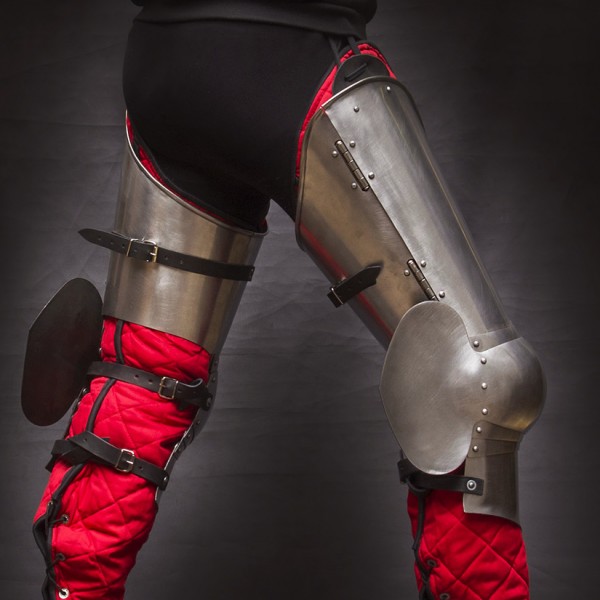
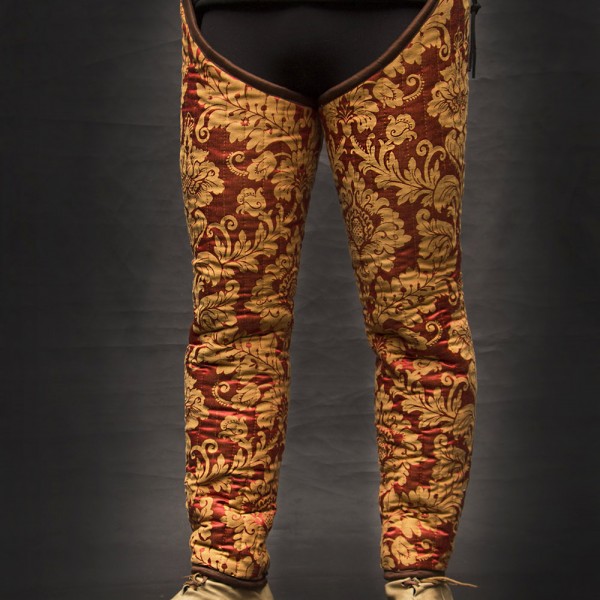
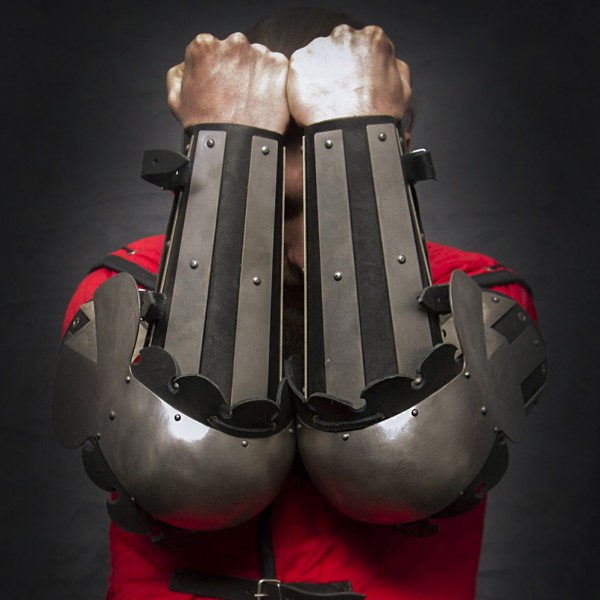
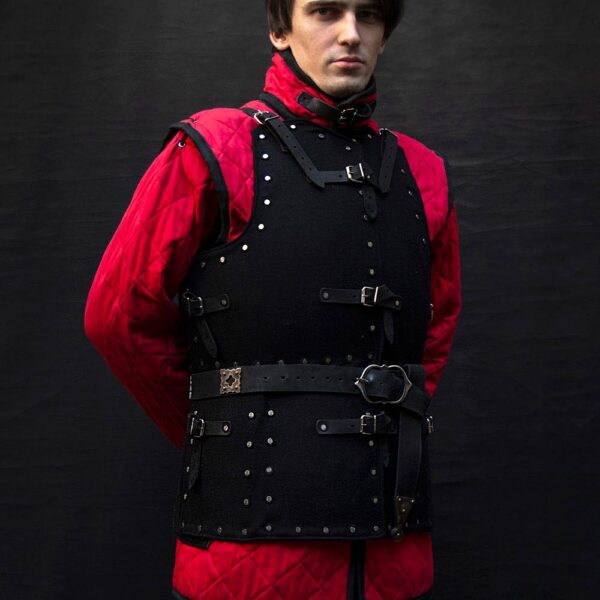


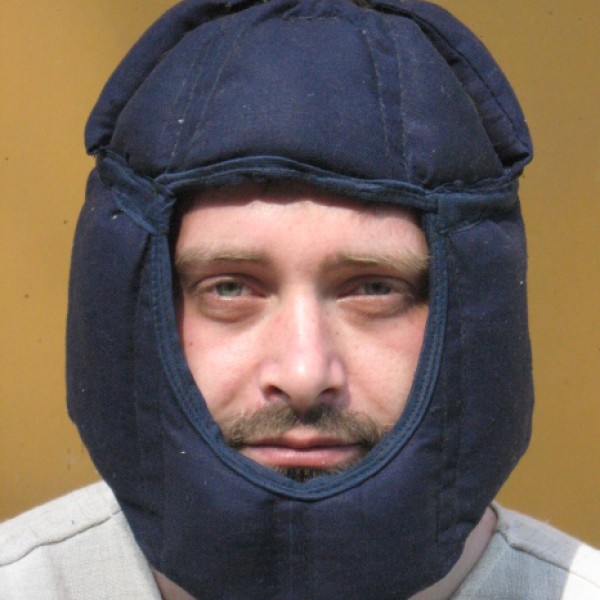
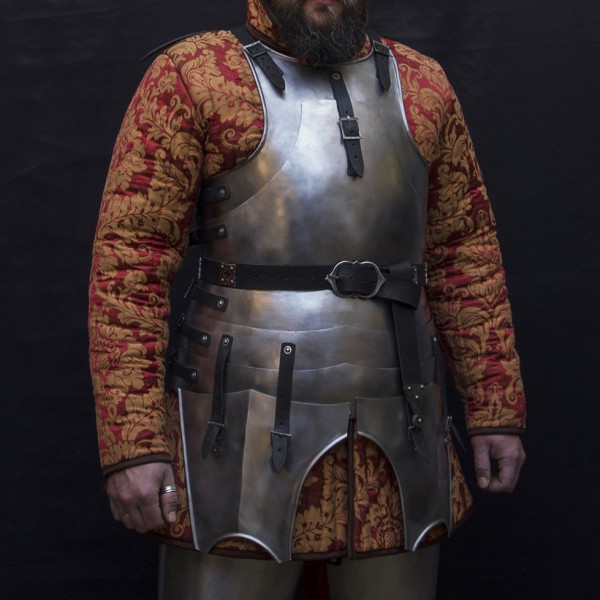
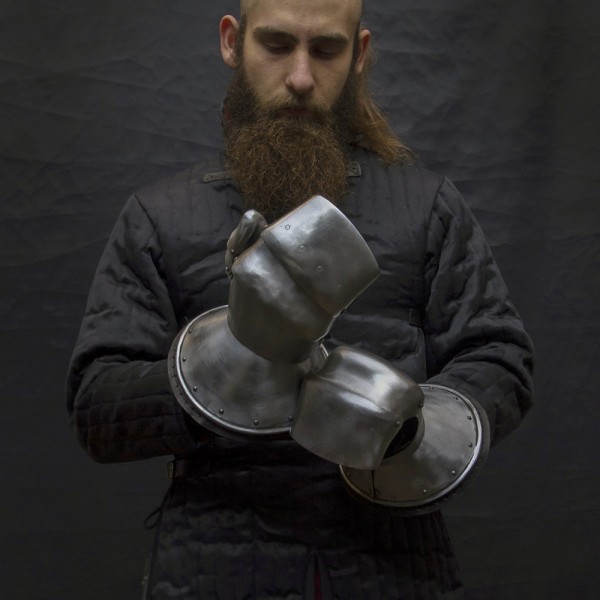
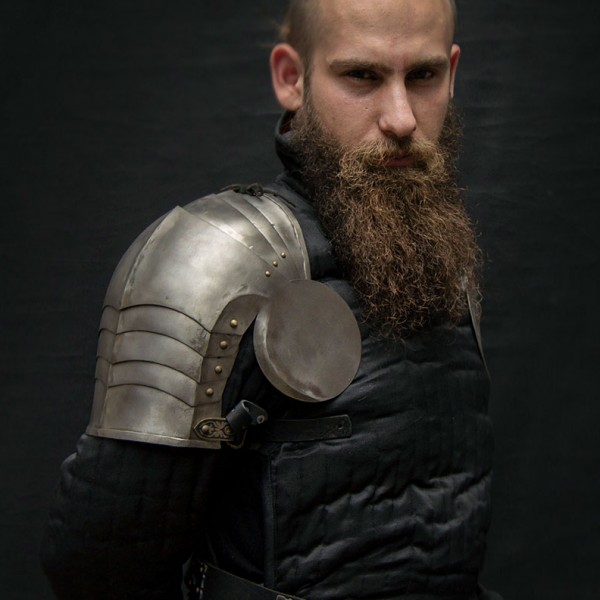
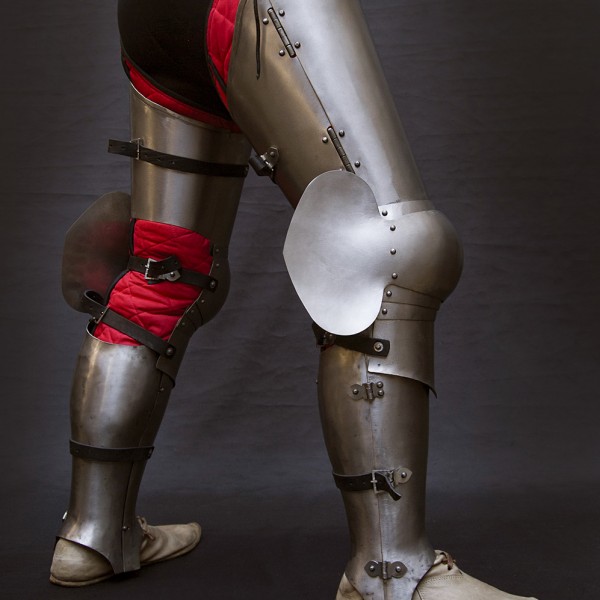

 Shop
Shop